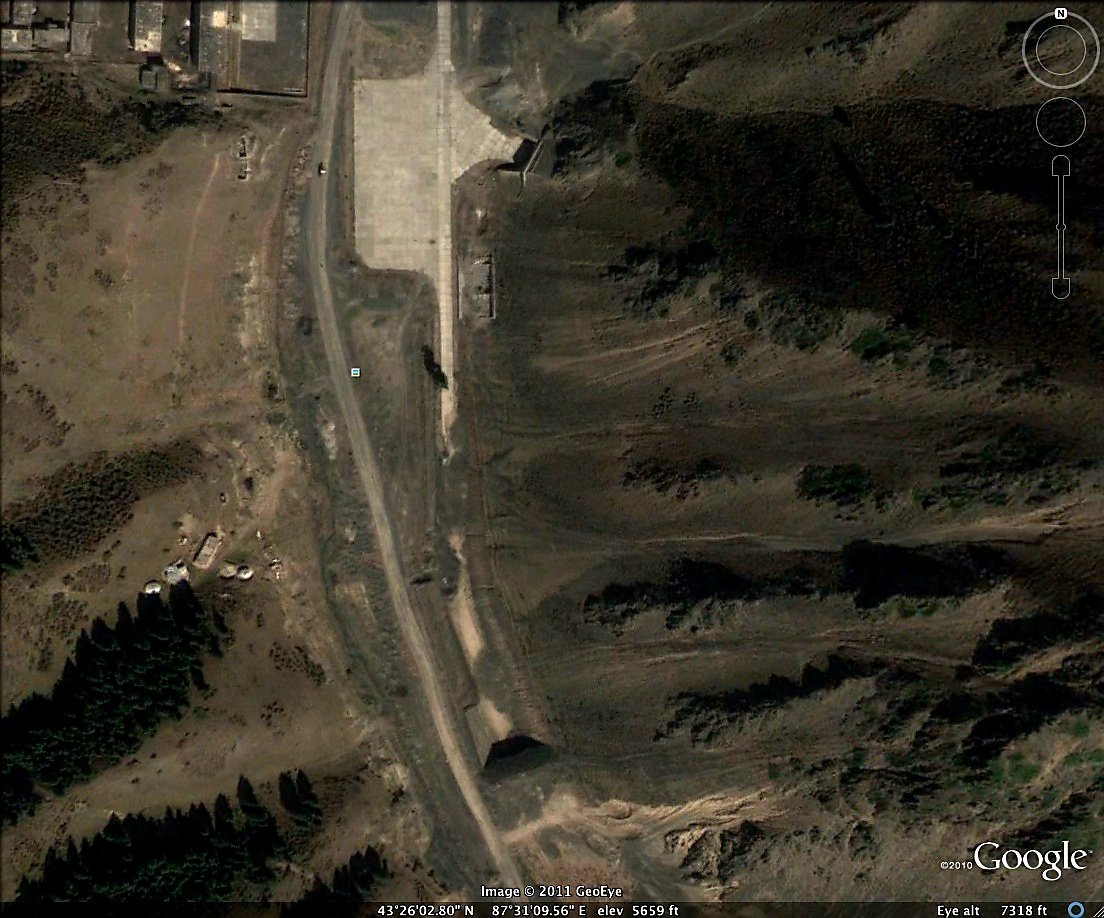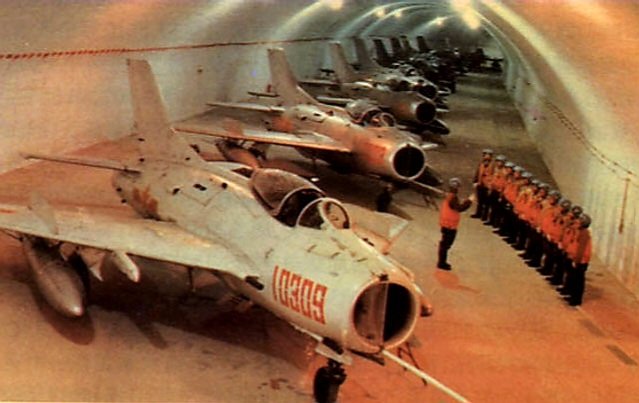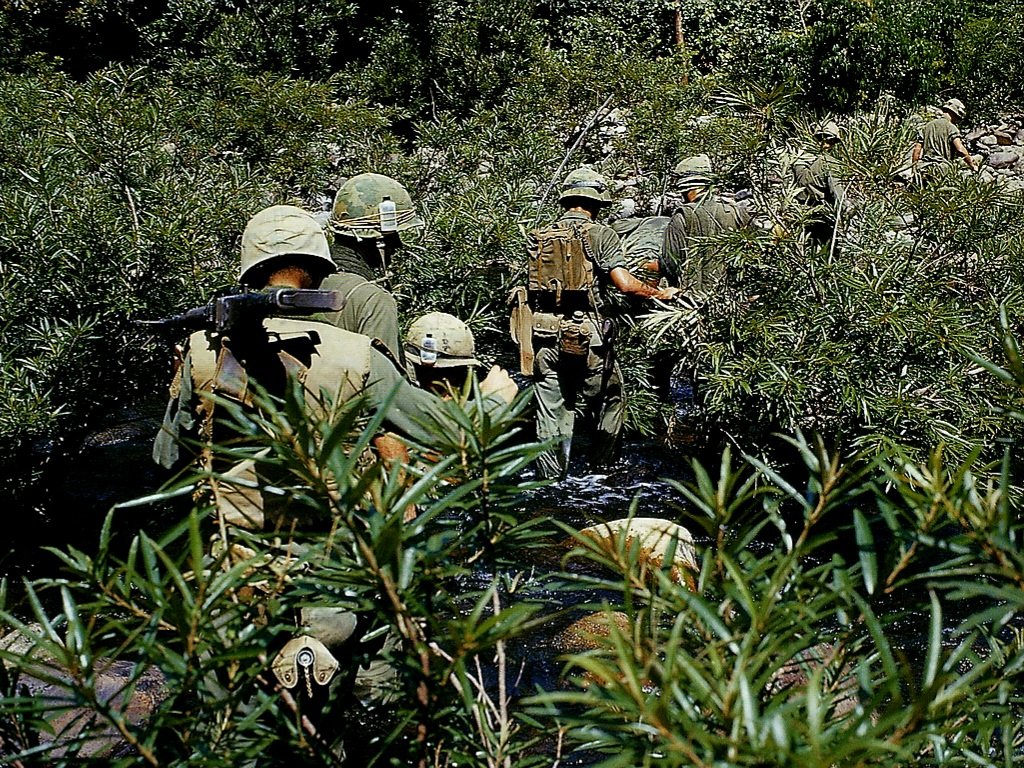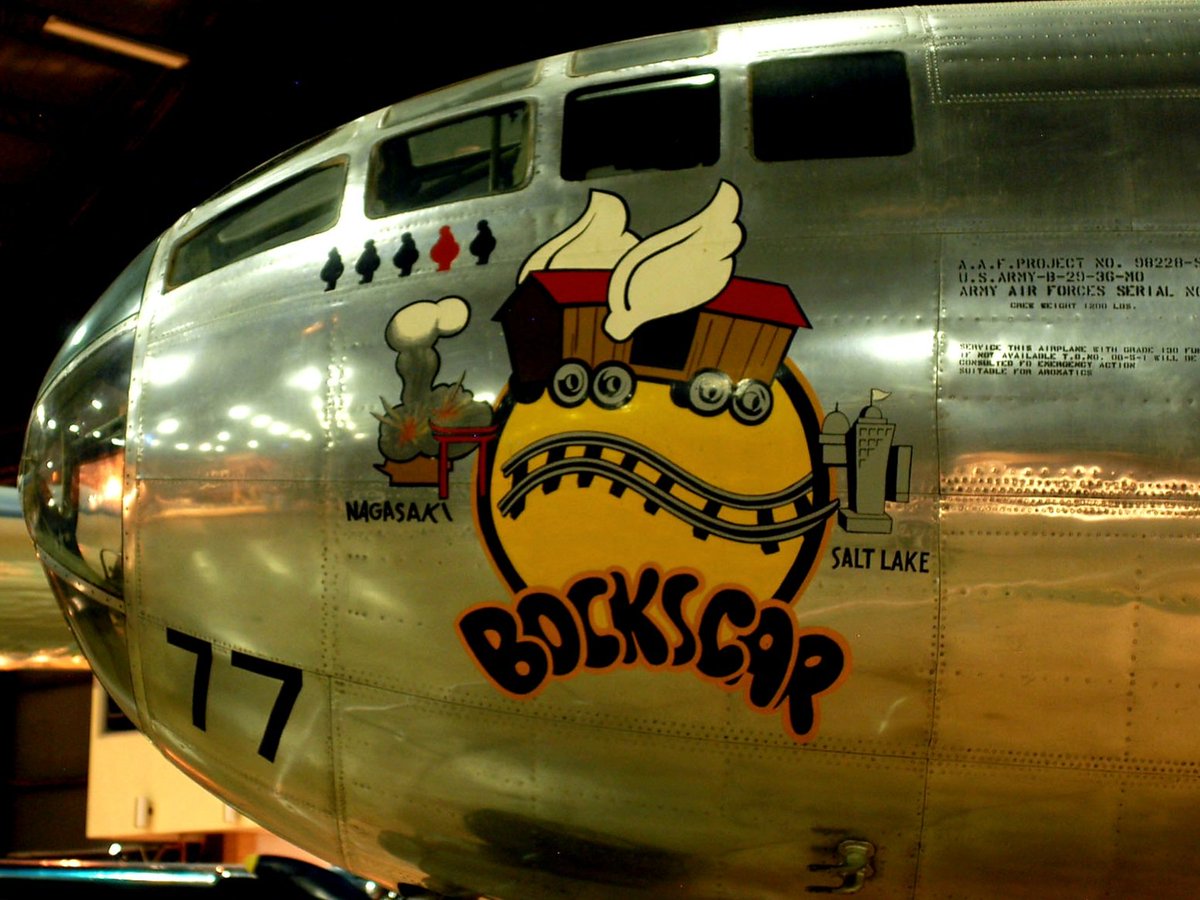Tomcat musing: a short thread on the "dowdy" parts of one of the most glamours interceptors of the world. 1/6 #avgeeks #aviation #aviationdaily #Tomcat #TopGun #USNavy 

Did you know that when the F-14 stretches its wings fully forward, the fuselage slots into which the wings retracted are sealed with inflatable airbags? The airbags use bleed air from the TF30s to inflation! 2/6
#avgeeks #aviation #TopGun #Tomcat
#avgeeks #aviation #TopGun #Tomcat
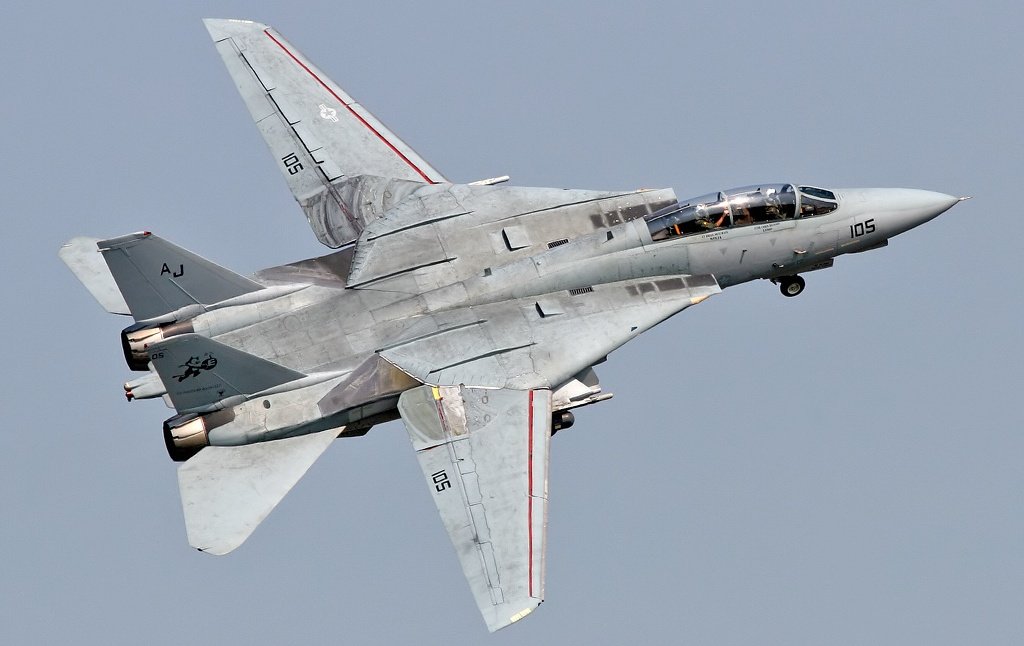
The F-14's variable-geometry outer wings carry full-span leading-edge slats and almost full-span trailing-edge flaps. In addition, four-section spoilers augment the differential movement of the tailrons in roll control. 3/6
#avgeeks #aviation #Tomcat #USNavy
#avgeeks #aviation #Tomcat #USNavy

The crew boards the F-14 via a retractable ladder on the left side of the nose section. The ejection seats are (of course) Martin-Baker GRU.7As or in F-14D, the NACES Mk.14. 4/6
#avgeeks #aviation #aviationdaily #Tomcat #TopGun #USNavy
#avgeeks #aviation #aviationdaily #Tomcat #TopGun #USNavy

The engine inlets are two-dimensional shape-lipped retractable with sides very acutely swept back. Hinge panels, vary the airflow in the inlet, and at supersonic speeds close down the throat, diverting excess air out through a door in the top of the pancake. 5/6 #avgeeks 

The F-14's large cockpit canopy is molded from a single sheet of Plexiglass (yup, single piece). The finished item is bulged to provide minimum optical distortion while allowing the crew excellent all-round visibility. 6/6 #avgeeks #aviation #aviationdaily #Tomcat #TopGun #USNavy 

• • •
Missing some Tweet in this thread? You can try to
force a refresh




